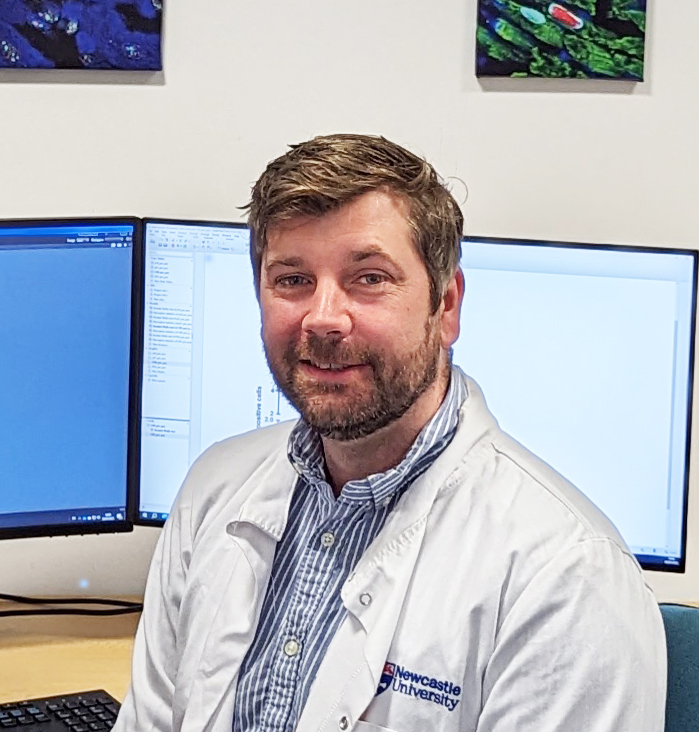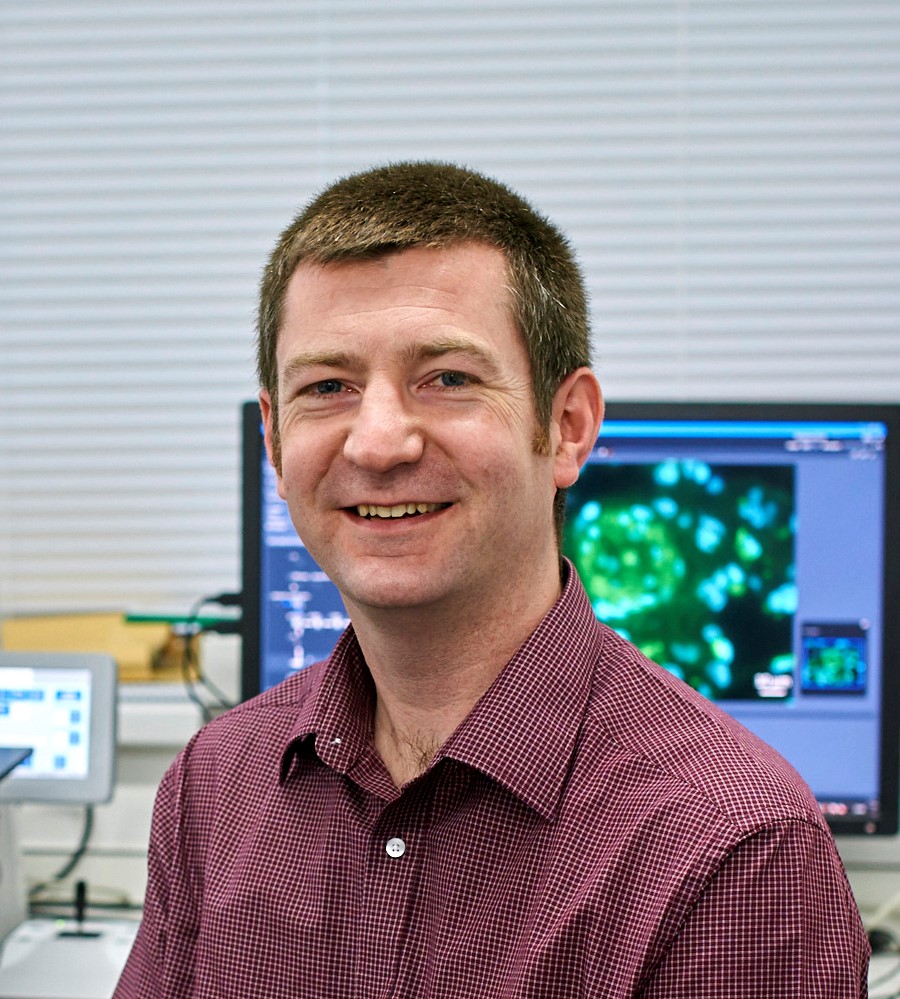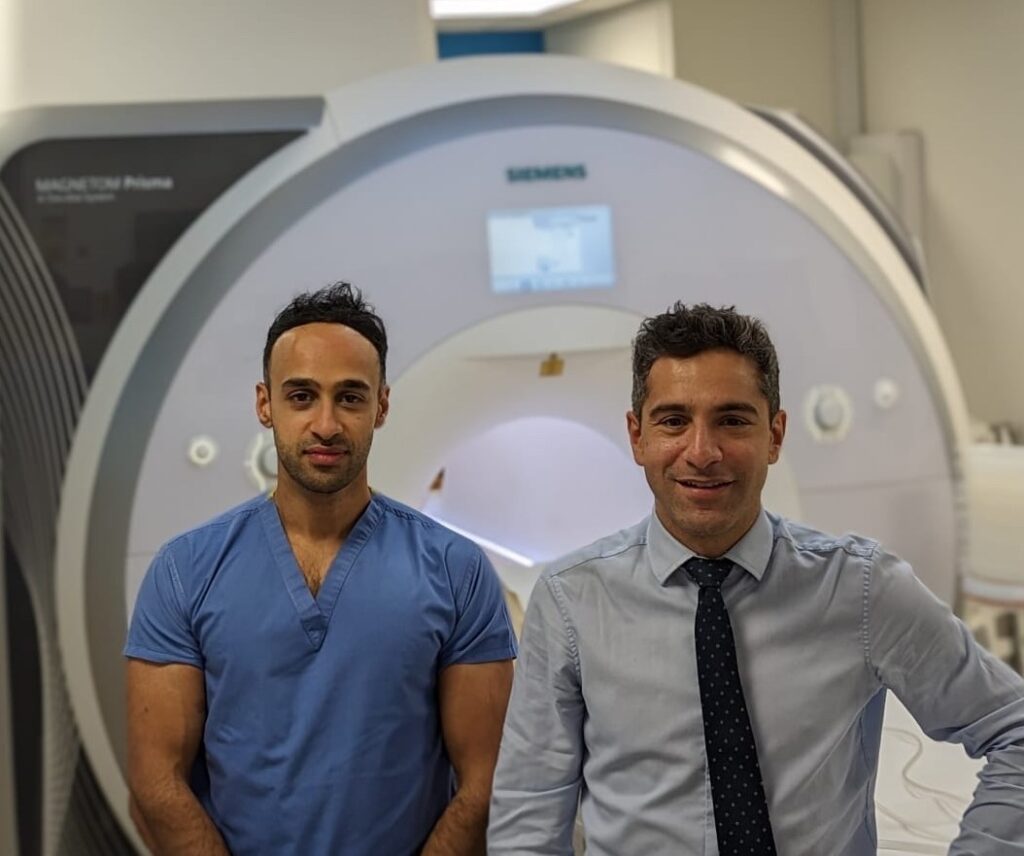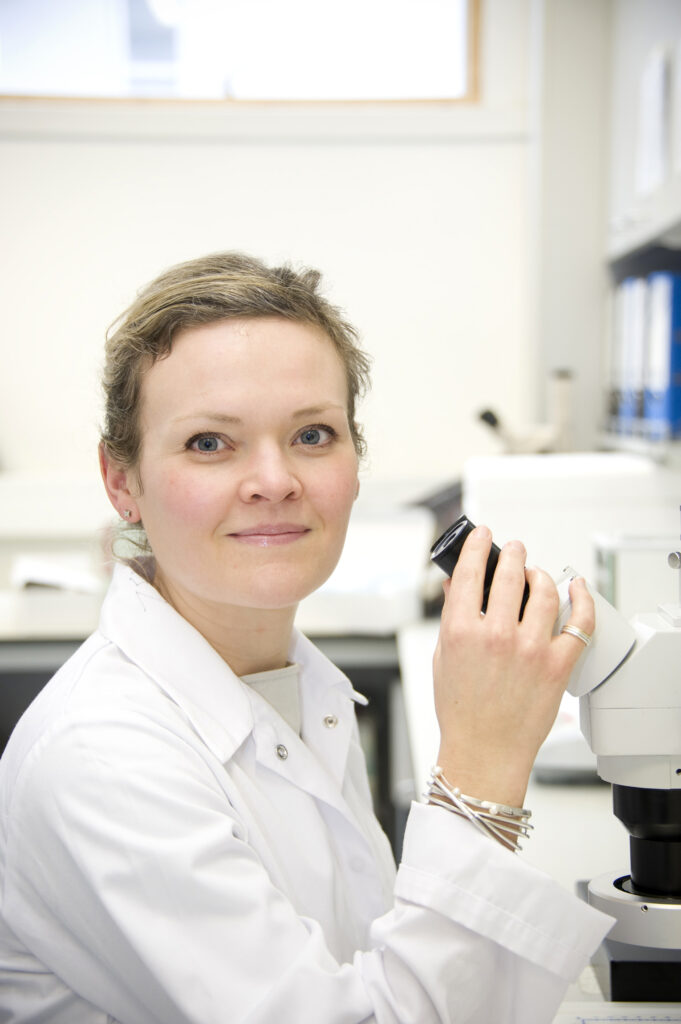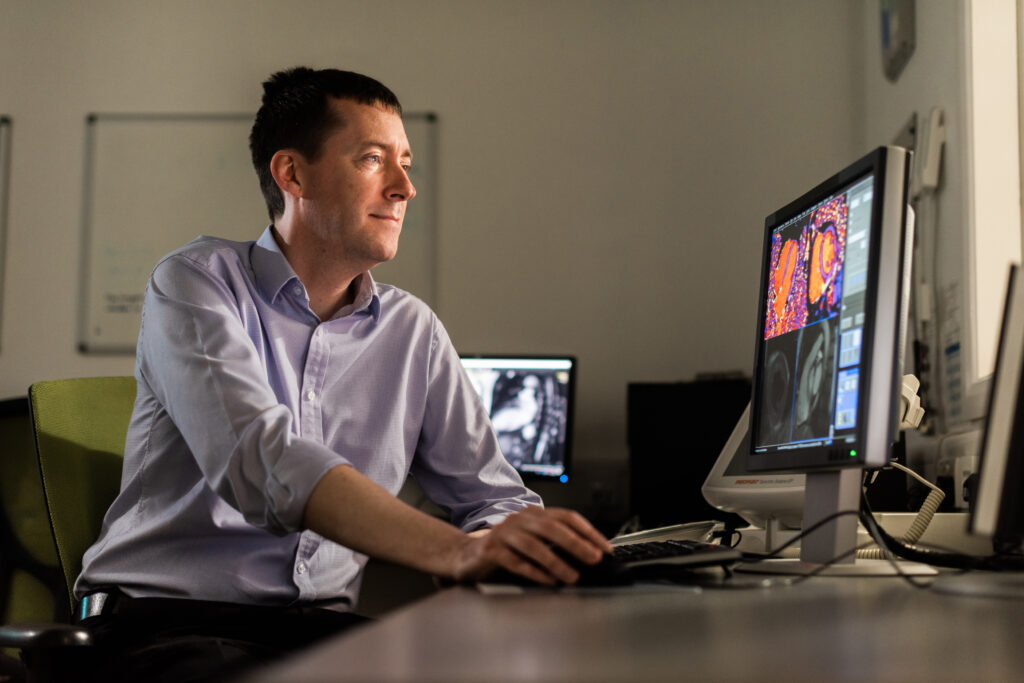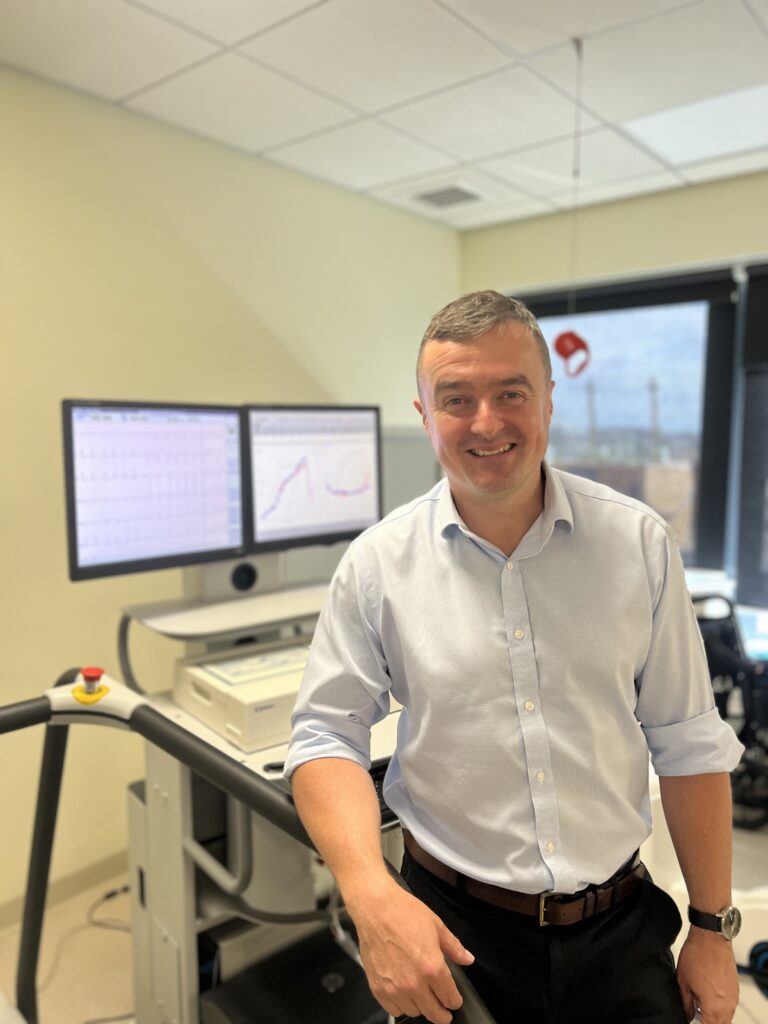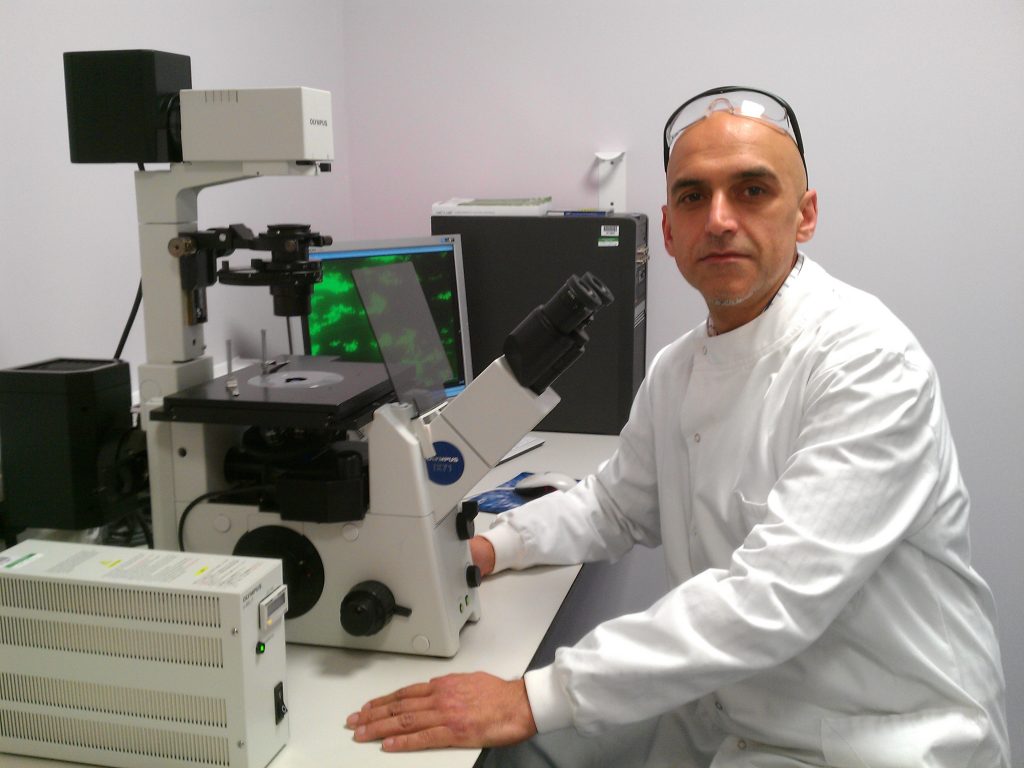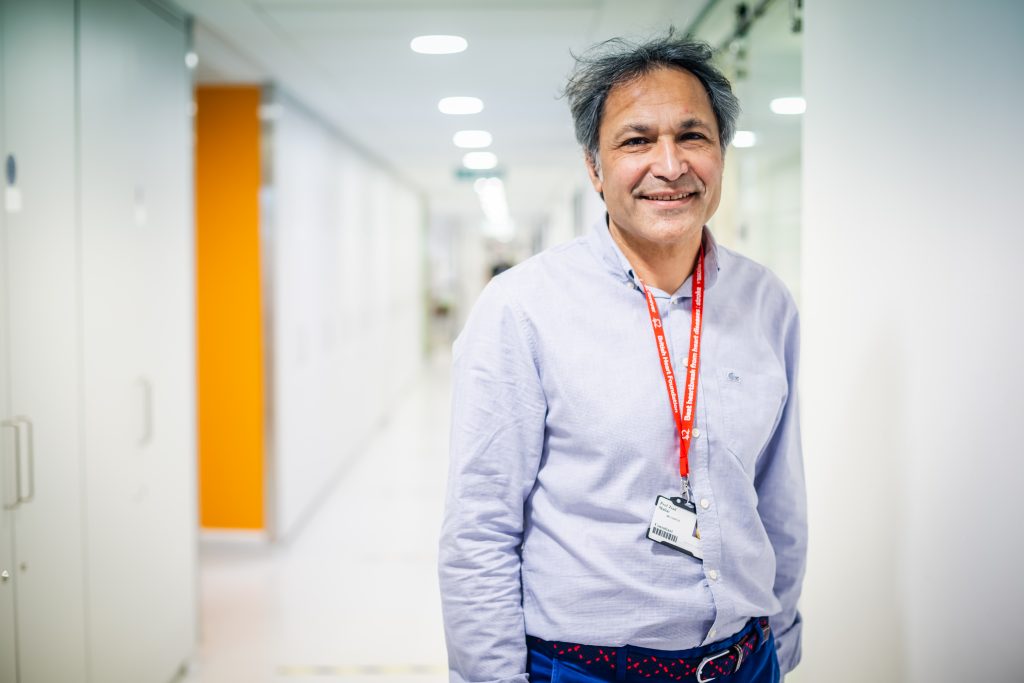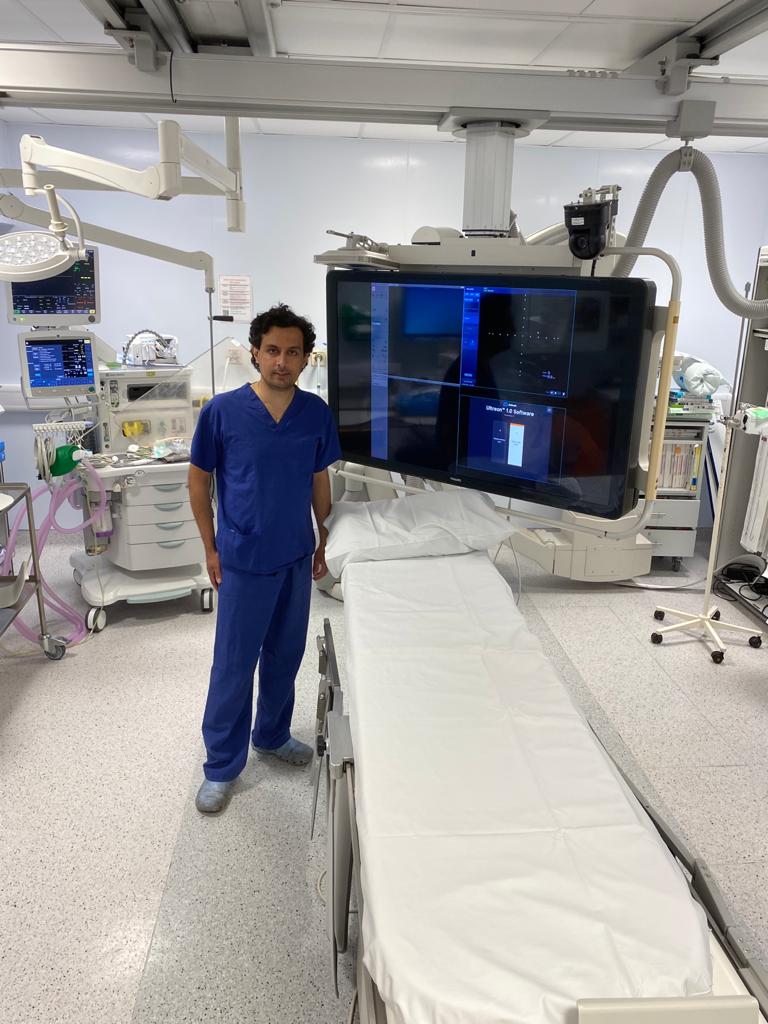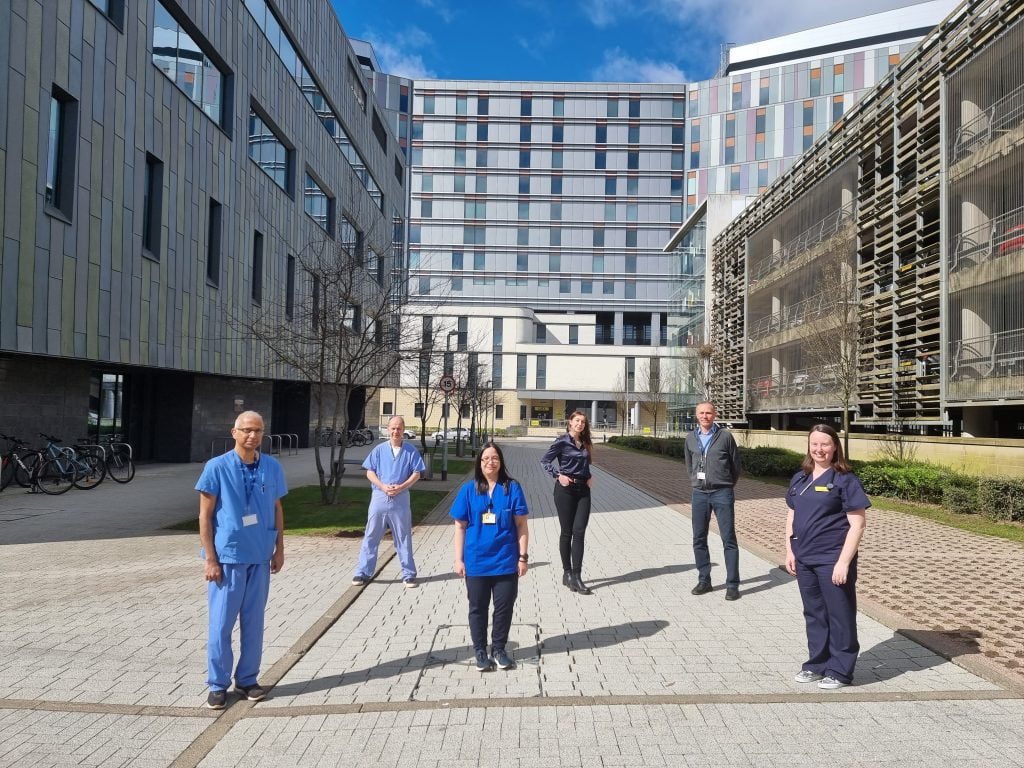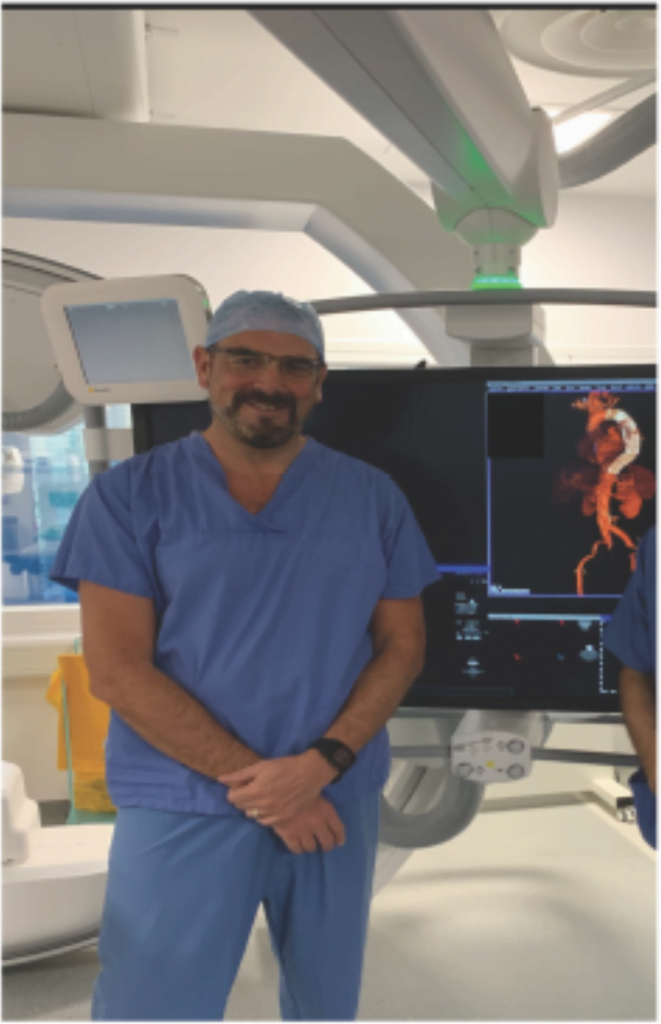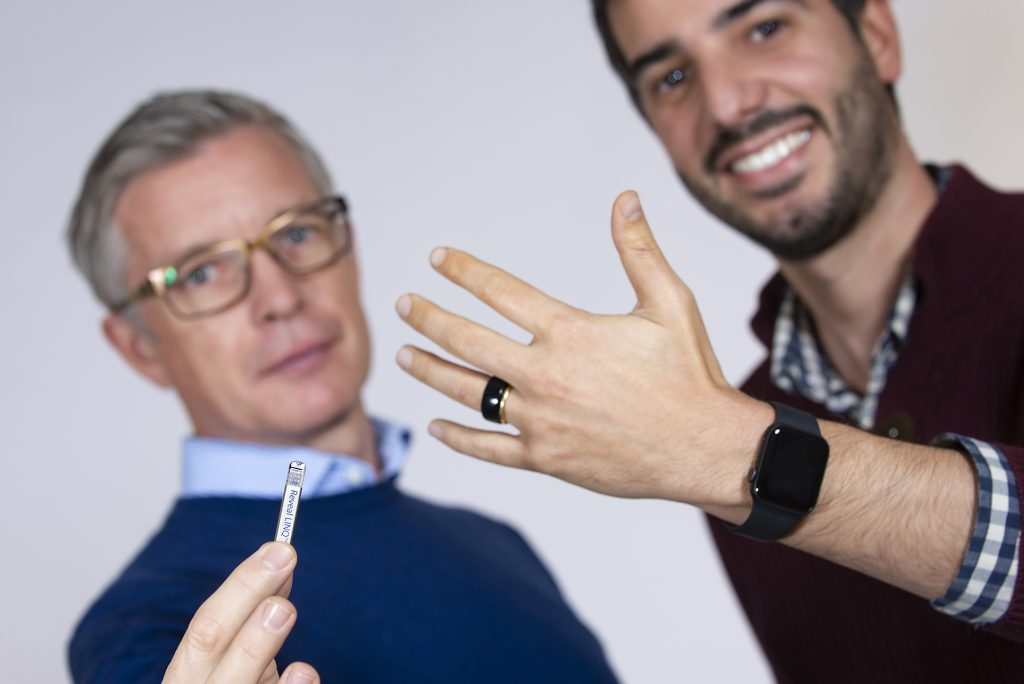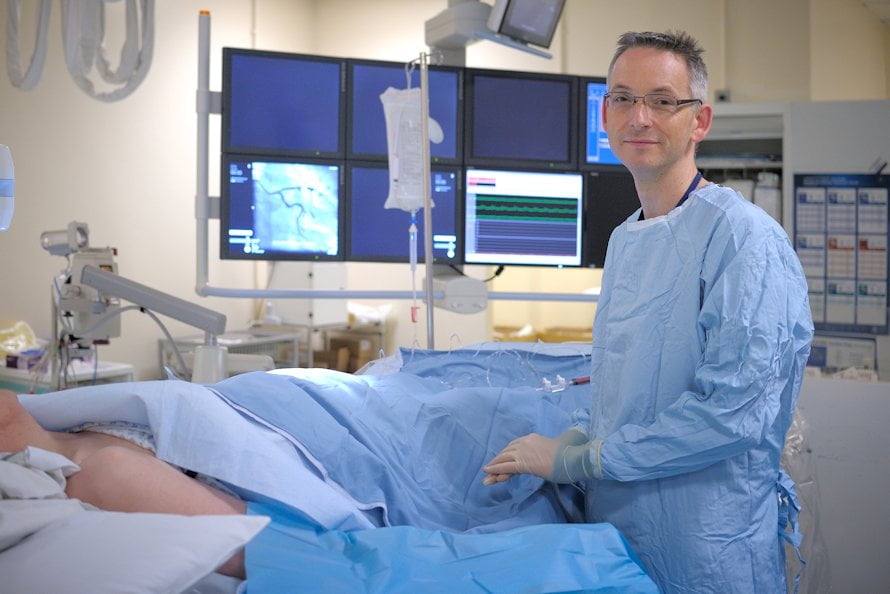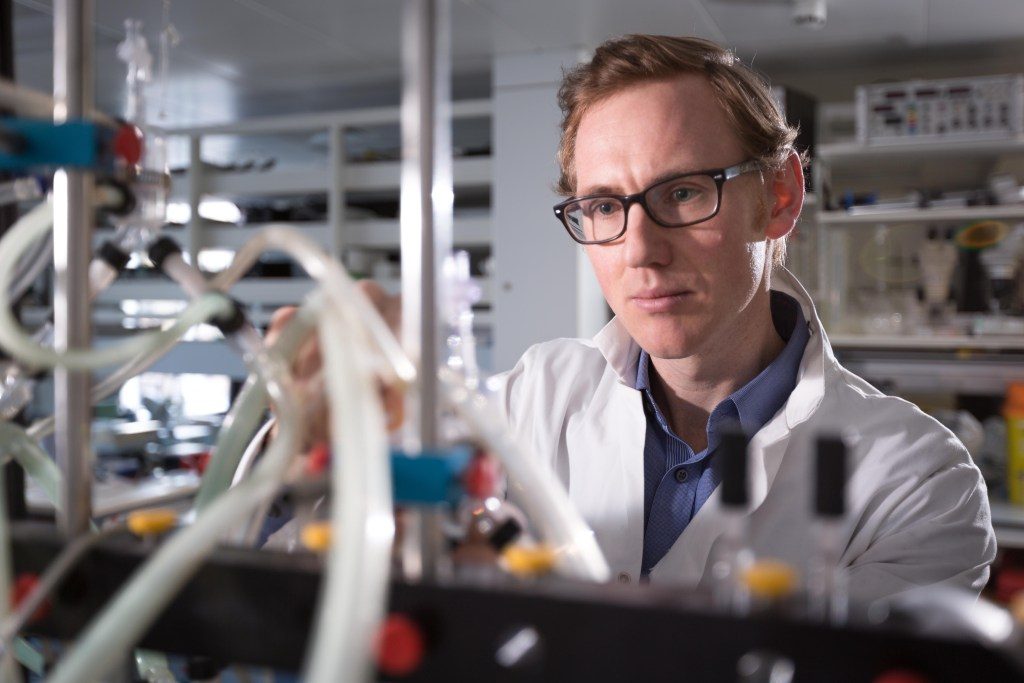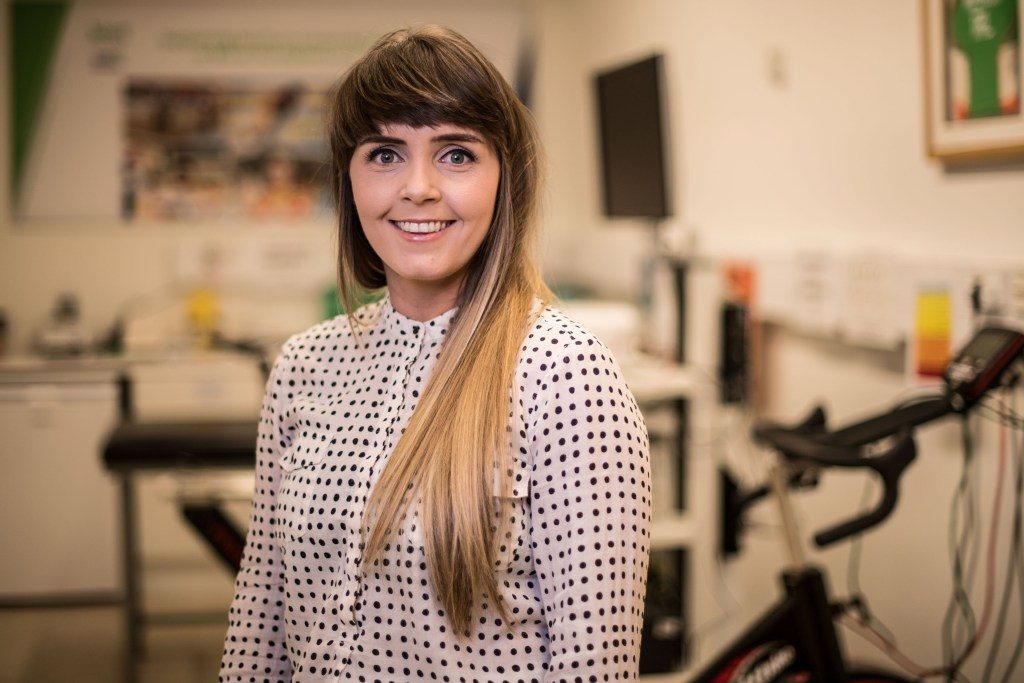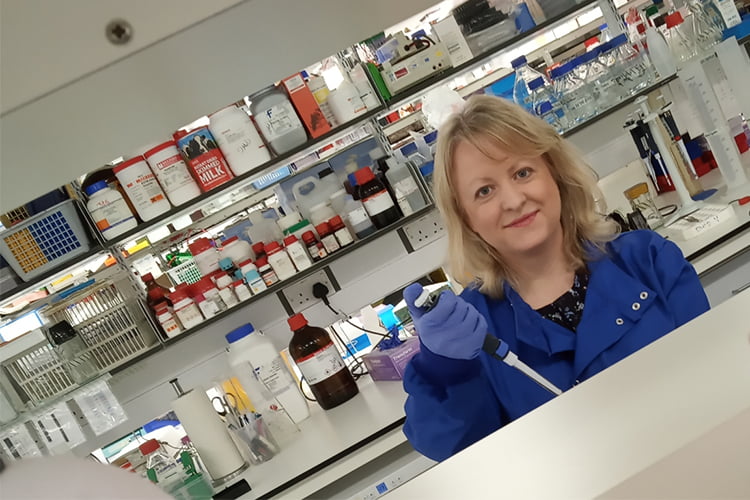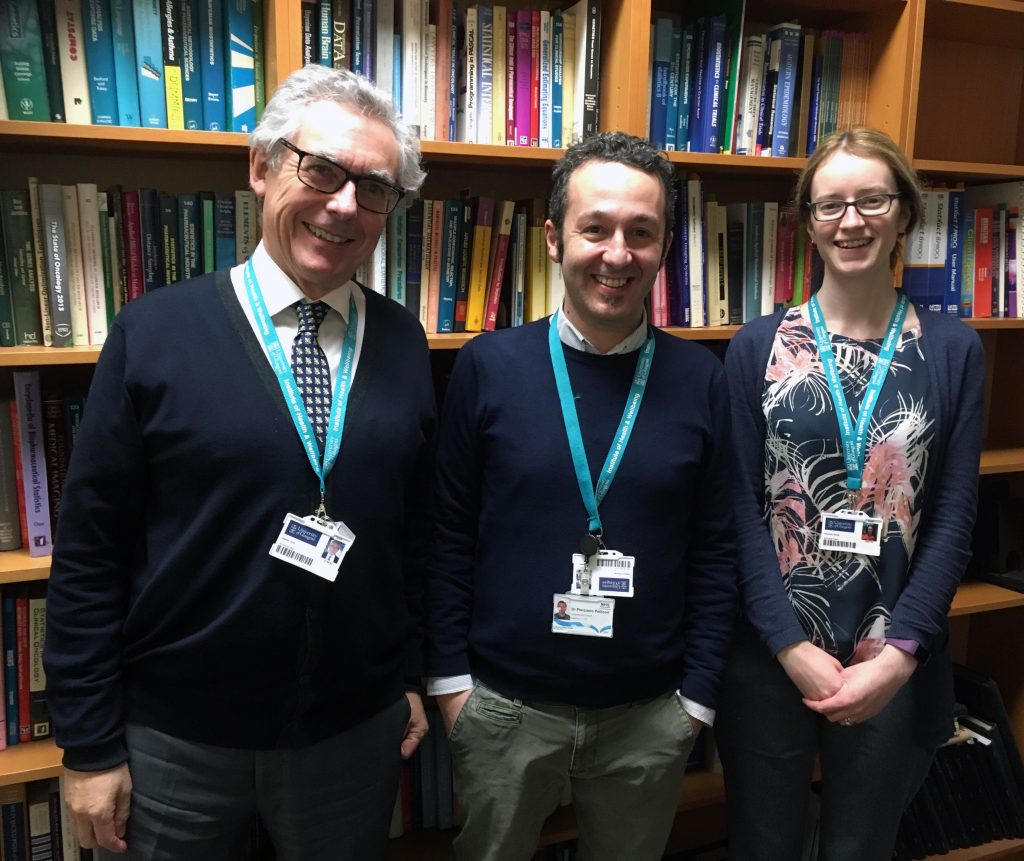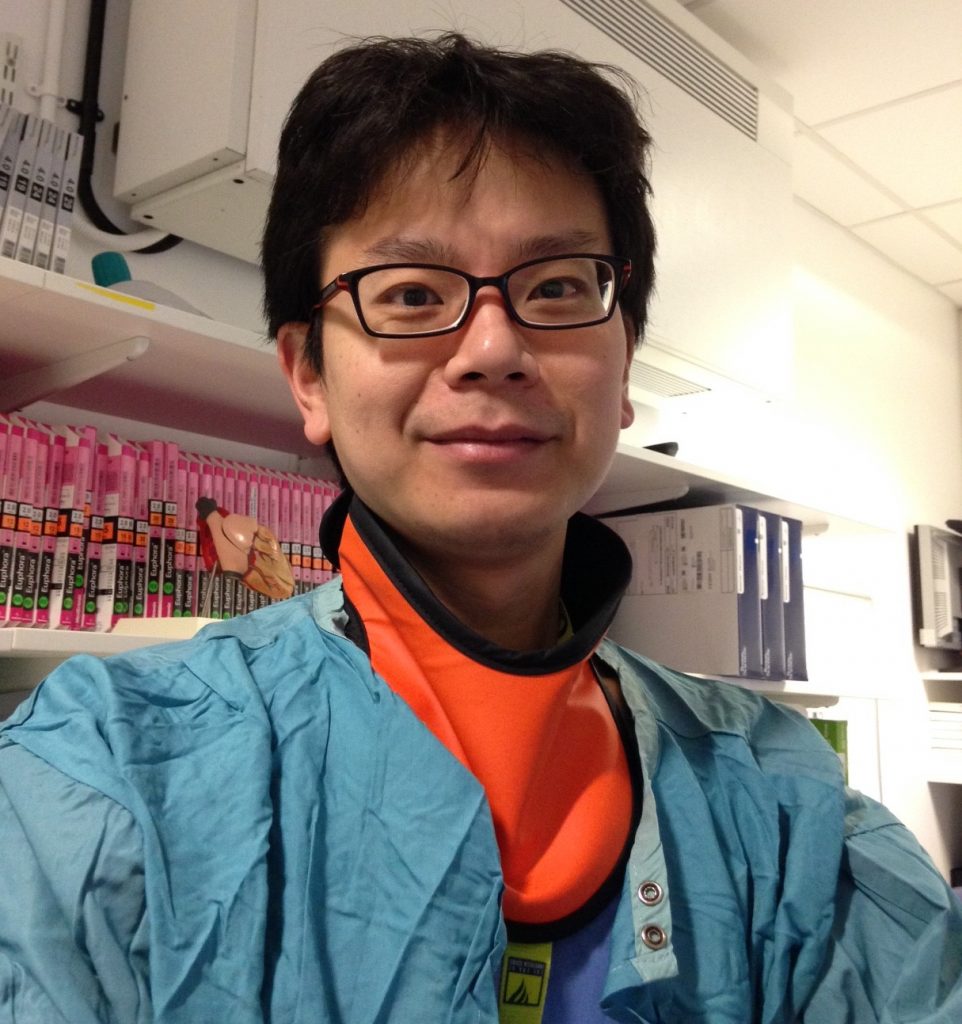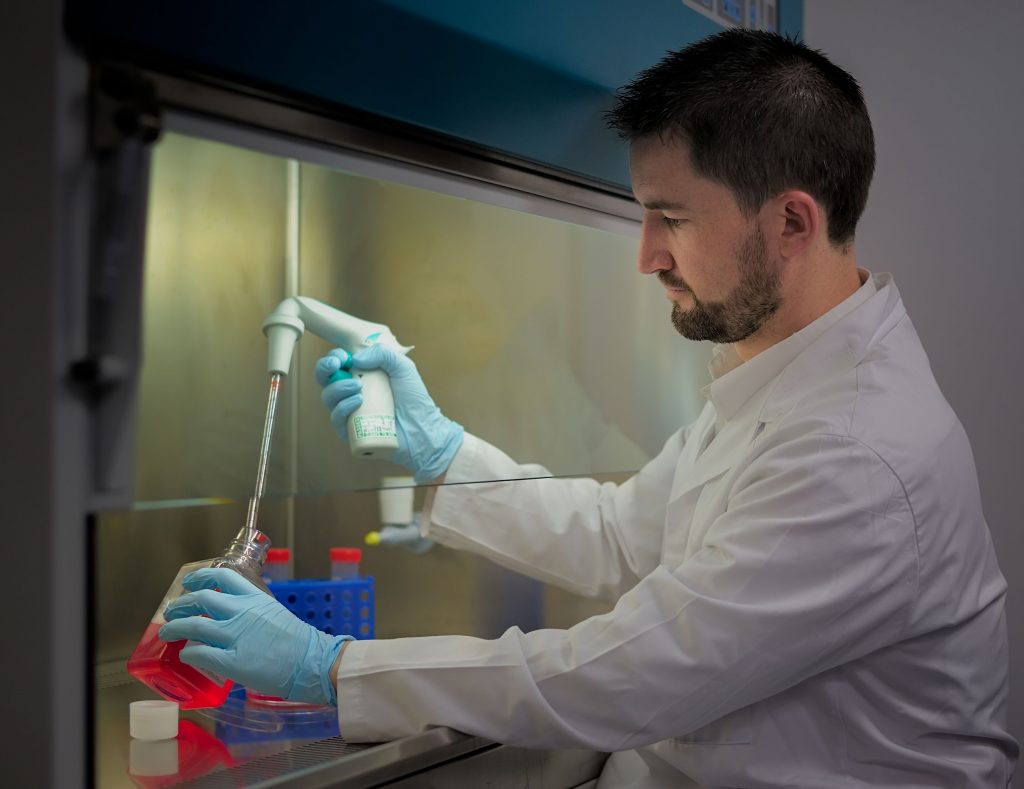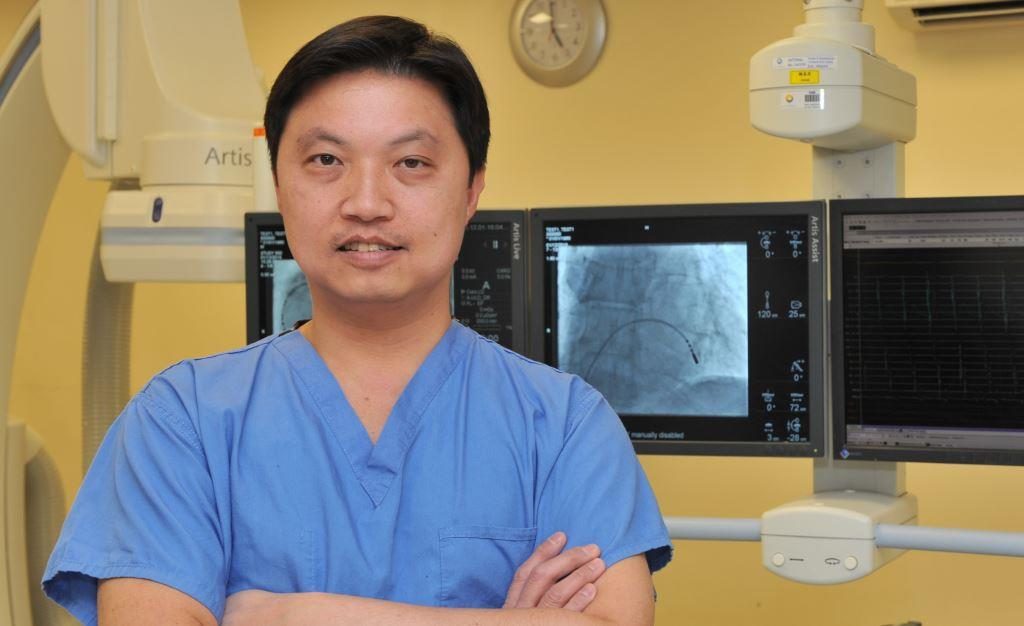Translational Research Project Grant
Dr Tom Nightingale, University of Birmingham and Robert Jones and Agnes Hunt Orthopaedic Hospital
Amount: £176,277
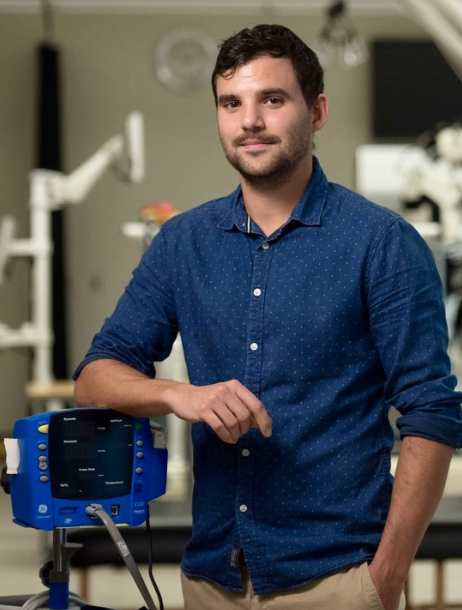
Summary: People with spinal cord injury have an increased risk of cardiovascular disease. This project will determine the effects of early initiated arm-crank exercise training on heart and blood vessel health in patients with spinal cord injury, which may lead to new exercise guidance for patients and healthcare teams, so that cardiovascular health following spinal cord injury can be improved.

Abbreviations: A, assessment; ACET, arm-crank exercise training; CV, cardiovascular; CVD cardiovascular disease; SCI, spinal cord injury.
Spinal cord injury (SCI) affects more than 1,200 people every year in the UK. It is a complex and devastating condition that drastically transforms someone’s life. Besides the obvious paralysis, people with injury to the upper part of the spinal cord can experience profound abnormal cardiovascular function, such as unstable blood pressure and a blunted heart rate response to exercise. This is because SCI also damages the connections between the cardiovascular control centre in the brain, and the heart and blood vessels. Consequently, people with SCI have an increased risk of cardiovascular disease compared with non-injured people. The time course for cardiovascular health changes following SCI is not known, but there is preliminary evidence that heart function may be reduced as soon as six months after injury.
Following SCI there is an initial period of bed rest followed by inpatient rehabilitation, where patients work with physiotherapists to improve strength, balance and mobility, to maximise independence and master new skills. However, early rehabilitation for cardiovascular health is not part of standard care due to a lack of evidence showing the benefits of aerobic exercise in the subacute phase (after 6-8 weeks) following injury. This is despite overwhelming evidence that aerobic exercise has wide-ranging benefits on cardiovascular health in non-injured people. Including aerobic exercise in the subacute phase after SCI may be a good opportunity to maximise rehabilitation and prevent a deterioration in cardiovascular health in this at-risk group.
The aim of this project is to determine the effects of early initiated arm-crank exercise training on heart and blood vessel health in patients with SCI. The study will enrol 42 patients, with initial assessments carried out as soon as possible after injury and again after 6-8 weeks of bed rest. Patients will then receive either (1) standard care plus moderate-intensity arm-crank exercise (experimental group) or (2) standard care only (control group). After a further 10 weeks, patients will be assessed again and discharged back into the community, with a final follow-up visit six months later.
This study will provide new information on the time course of changes in cardiovascular disease risk in people with SCI, and evidence about the safety and effectiveness of upper-body exercise during inpatient rehabilitation. Also, the research may pave the way for larger, multicentre clinical trials in the future. Ultimately, the goal is to develop evidence-based exercise guidance for patients and healthcare teams, so that cardiovascular health following SCI can be improved.

